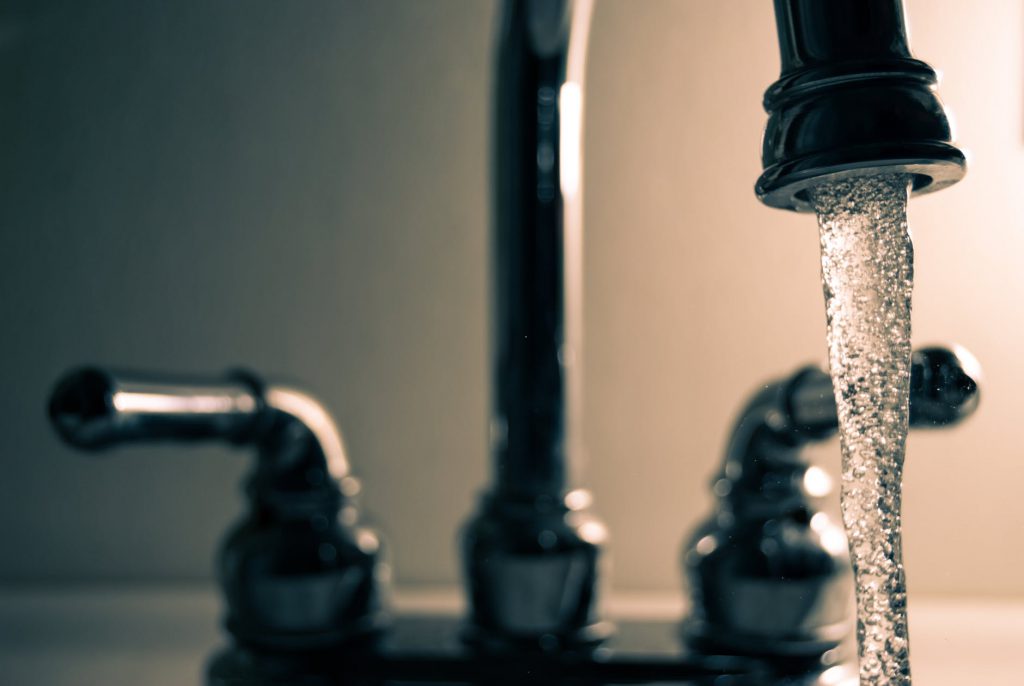State Board Okays Rules on PFAS Pollution
Wisconsin Natural Resources Board will create stricter rule making process for PFAS levels in water.
The Wisconsin Natural Resources Board (NRB) on Wednesday moved to establish a rule making process for PFAS levels in water sources for Wisconsinites. The unanimous vote represents another step in addressing water contamination issues statewide.
PFAS (Per- and polyfluoroalkyl substances) are a group of man-made chemicals used in products like non-stick cooking supplies, fast food wrappers, stain-resistant sprays and firefighting foams. The chemicals have existed on the market for decades, and have left their mark on local environments due to spills, discharges of PFAS-contaminated water into treatment plants and through the use of firefighting foam.
In August, Gov. Tony Evers called on the Natural Resources Board to address PFAS contamination and reshape rules around the chemicals. “I am committed to protecting our state’s natural resources and ensuring every Wisconsinite has access to clean drinking water,” said Evers. “In the Year of Clean Drinking Water, I’m proud that my cabinet is working with communities, citizens, and businesses to address PFAS contamination across our state.”
PFAS chemicals have been linked to a number of human health problems including thyroid disease, low birth weights, cancer and immune system issues. In addition to contaminated water supplies like landfills, industrial areas and firefighting training facilities, PFAS chemicals can also be found in animals like fish and humans. In the case of living organisms, the compounds can persist within the body and build up over time.
“This is nasty stuff,” said NRB Chairman Dr. Frederick Prehn, in a press release. “The state is trying to get ahead of the eight ball because in other cases where we haven’t, it’s been devastating. I think it’s important for the state to have standards.” A table of proposed rule changes and amendments by the DNR can be found here.
Calls to address water quality issues in Wisconsin have grown louder and louder over the last year. In Milwaukee, the replacement of lead laterals in low-income neighborhoods have become a popular cause. The city of Waukesha, seeking to secure cleaner water supplies, is also pushing to divert water from Lake Michigan through Milwaukee. The project would be paid for by Waukesha, but it has stirred controversy over protections for the Great Lakes, which were weakened under the administration of Gov. Scott Walker.
“Folks should be able to trust the water coming from their tap,” said Evers. “I’m proud that my administration is taking a lead on the issue of water quality in the Year of Clean Drinking Water, and I’m hopeful that the Speaker’s Task Force on Water Quality will take up these recommendations to ensure clean water is a reality across our state.”
Reprinted with permission of Wisconsin Examiner.
More about the PFAS Problem
- Environmental Groups, Community Advocates Push for PFAS Deal - Henry Redman - Jul 14th, 2025
- Environmental Advocates Hail Wisconsin Supreme Court Decision in Evers v Marklein - Midwest Environmental Advocates - Jul 8th, 2025
- Wisconsin Supreme Court Backs State Regulators of PFAS Pollution - Danielle Kaeding and Rich Kremer - Jun 24th, 2025
- Gov. Evers Releases Statement on Wisconsin Supreme Court Decision in WMC Inc v. DNR - Gov. Tony Evers - Jun 24th, 2025
- Rep. Shelia Stubbs Elected Great Lakes-St. Lawrence Legislative Caucus Vice Chair of the Task Force on Emerging Contaminants - State Rep. Shelia Stubbs - Jun 16th, 2025
- Legislature’s Budget Committee Unanimously Boosts Clean Water Funding By $732 Million - Danielle Kaeding - Jun 6th, 2025
- Trump Administration moves to weaken standards for toxic ‘forever chemicals’ in drinking water - Clean Wisconsin - May 14th, 2025
- Wisconsin Officials Unhappy With EPA Plan To Weaken PFAS Standards - Danielle Kaeding - May 14th, 2025
- Wisconsin Could Lose $55 Million Under Proposed EPA Budget Cuts - Danielle Kaeding - May 7th, 2025
- French Island Makes Progress on PFAS Pollution - Richelle Wilson and Trevor Hook - Mar 24th, 2025
Read more about PFAS Problem here





















